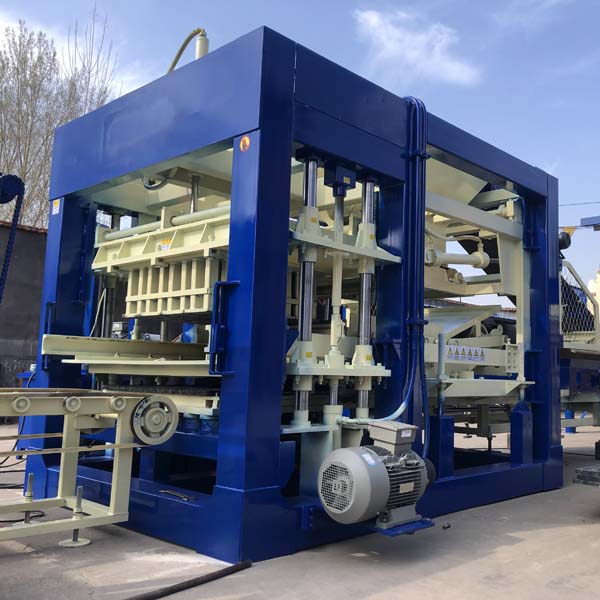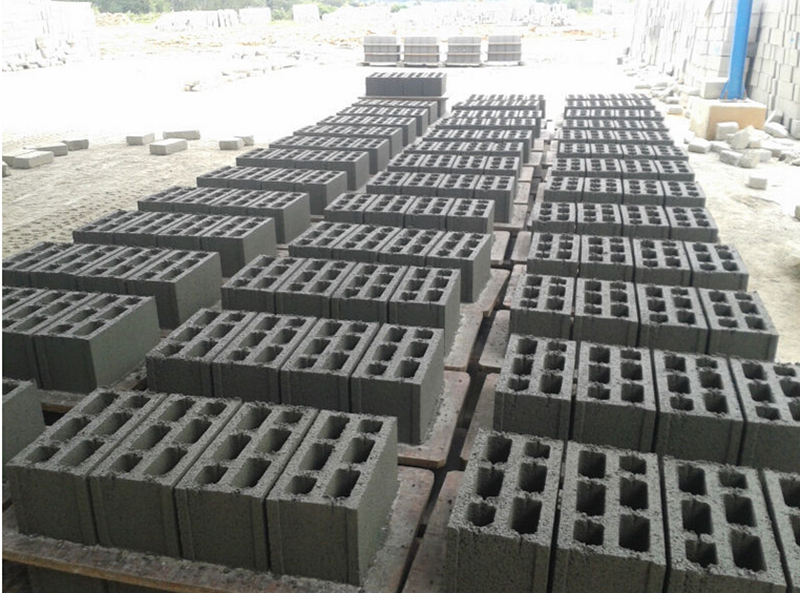
In the realm of brick manufacturing, semi-automatic brick making machines stand as a testament to innovation, efficiency, and the seamless integration of technology. This exploration aims to unravel the myriad advantages that these machines bring to the forefront, emphasizing their pivotal role in shaping the landscape of modern brick production.
Unveiling the Advantages of Semi-Automatic Brick Making Machines
Efficiency and Precision
Semi-automatic brick making machines redefine efficiency in the production process. The strategic blend of manual control and automated functionality ensures a streamlined and precise manufacturing experience.
- Manual Control for Flexibility: Operators retain control over critical aspects, allowing for adjustments based on specific project requirements or changes in raw materials.
- Automated Processes for Consistency: Automated elements contribute to consistent brick dimensions, quality, and structural integrity, meeting and exceeding industry standards.
Cost-Effectiveness and Affordability
The economic advantages presented by semi-automatic brick making machines contribute significantly to the accessibility of quality bricks in the construction market.
- Optimal Labor Utilization: These machines optimize labor resources, minimizing manual effort while maximizing output. This efficiency directly translates into reduced labor costs.
- Affordable Production: The semi-automatic nature strikes a balance between manual and automated processes, offering a cost-effective production model. This affordability ensures that high-quality bricks are accessible to a broader market segment.
Versatility in Applications
Semi-automatic brick making machines prove to be versatile, catering to a diverse range of construction projects with varying architectural requirements.
- Residential Construction: Whether for individual homes or large housing projects, these machines adapt to the unique demands of residential construction, offering flexibility in design and composition.
- Commercial Structures: From offices to retail spaces, the versatility of bricks produced by semi-automatic machines makes them suitable for a wide array of commercial structures.
- Infrastructure Developments: The adaptability extends to infrastructure projects, contributing to the construction of bridges, roads, and public facilities.
Local Raw Material Utilization
Many regions rich in clay deposits benefit from the local availability of raw materials, a key advantage for the sustainable production of bricks.
- Reduced Transportation Costs: Local availability minimizes the need for long-distance transportation of raw materials, resulting in cost savings and environmental sustainability.
- Environmental Impact: By sourcing materials locally, semi-automatic brick making machines contribute to reducing the carbon footprint associated with transporting materials over extended distances.
Energy-Efficient and Sustainable Practices
As the construction industry increasingly embraces sustainability, semi-automatic brick making machines align with eco-friendly practices.
- Lower Energy Consumption: The manufacturing process of these machines typically involves lower energy consumption compared to alternative building materials. This reduction contributes to environmentally conscious construction practices.
- Recyclability and Reusability: Many semi-automatic clay bricks are recyclable and can be reused in construction projects, aligning with circular economy principles and minimizing construction waste.

Technological Advancements for Innovation
The semi-automatic nature of brick manufacturing allows for continuous technological advancements, driving innovation in the industry.
- Precision Through Automation: Automation enhances precision in size, shape, and quality, ensuring that each brick meets stringent industry standards.
- Quality Control Measures: Incorporating technology into the manufacturing process facilitates robust quality control, enhancing the durability and longevity of structures built with these bricks.
Challenges and Strategies for Optimization
While the advantages are substantial, addressing challenges is integral to optimizing the use of semi-automatic brick making machines.
- Operator Training and Skill Development: Providing comprehensive training to operators ensures efficient machine operation and addresses potential challenges related to technology adoption.
- Continuous Innovation: To stay ahead, manufacturers must invest in ongoing innovation, adapting machines to produce bricks with enhanced properties or incorporating sustainable technologies.

Conclusion: Paving the Way for Sustainable Construction
In the ever-evolving landscape of brick manufacturing, semi-automatic brick making machines emerge as catalysts for efficiency, affordability, and sustainability. Their advantages extend beyond economic considerations to encompass environmental impact and technological innovation. As the construction industry charts a course toward a more sustainable future, these machines stand as indispensable tools, shaping the bricks that build the foundations of tomorrow’s structures.
